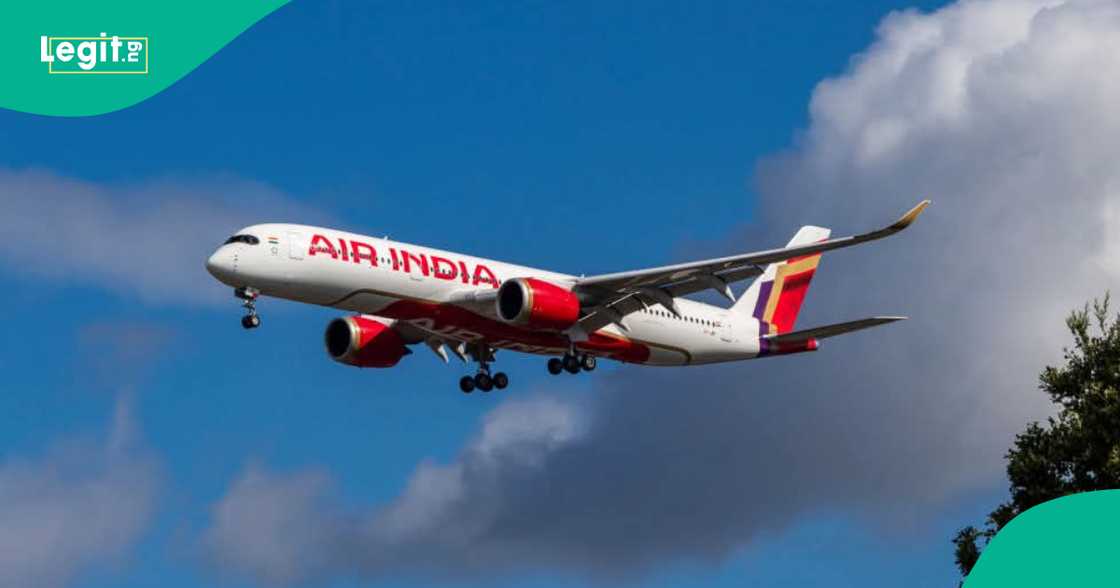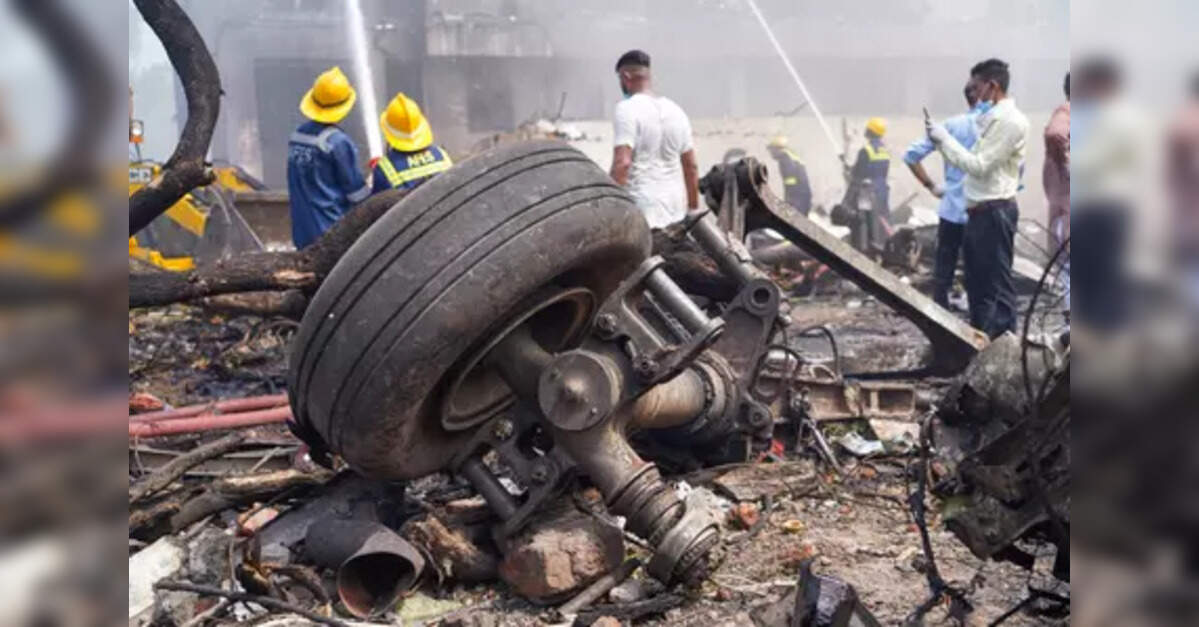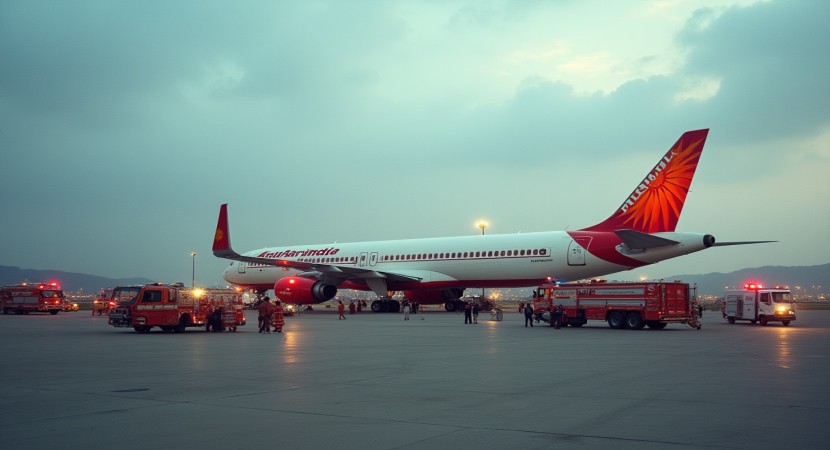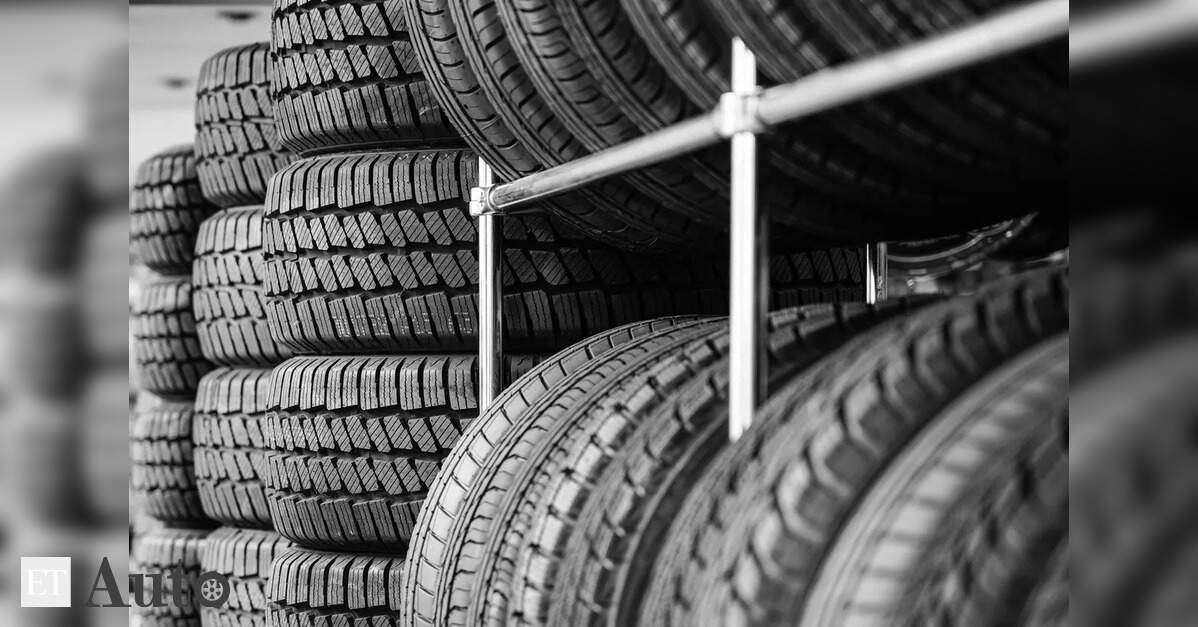Indian Investigators Download Black Box Data from Fatal Air India Crash, Speaks
Investigators in India have successfully accessed flight recorder data from the Air India crash earlier this month, marking a pivotal step in the inquiry into what has been described as the world’s deadliest aviation disaster in the past decade.
The London-bound Boeing 787 Dreamliner, carrying 242 people, crashed shortly after takeoff from Ahmedabad on 12 June, killing all but one passenger on board and claiming additional lives on the ground. The total death toll stood at 260.

Source: Twitter
The aircraft’s black boxes – comprising the cockpit voice recorder (CVR) and flight data recorder (FDR) – were retrieved within days of the crash. One was found atop a building on 13 June, and the other in wreckage debris on 16 June.
India’s civil aviation ministry confirmed on Thursday that data from the forward recorder was downloaded on Wednesday by a joint team led by the Aircraft Accident Investigation Bureau (AAIB), in collaboration with the U.S. National Transportation Safety Board (NTSB).
“These efforts aim to reconstruct the sequence of events leading to the accident and identify contributing factors to enhance aviation safety and prevent future occurrences,” the ministry said in a statement.
Investigators are focusing on engine thrust as a potential factor in the crash, according to a source with knowledge of the ongoing probe. The aircraft reportedly began losing altitude after reaching 650 feet. Additionally, the Wall Street Journal reported that the plane’s emergency-power generator was activated at the time of impact.
The Boeing 787 is equipped with two General Electric (GE) recorders that capture identical sets of flight data. GE, which also manufactures the aircraft’s engines, produced the combined CVR and FDR – known as the “enhanced airborne flight recorder.” The forward recorder includes an independent power source capable of sustaining recording for about 10 minutes in the event of onboard electrical failure.
Experts noted that the decision to begin downloading data nearly two weeks post-crash was unusually slow for a high-profile disaster. There had been earlier speculation about the black boxes being sent to the U.S. for analysis.
U.S. aviation safety expert Anthony Brickhouse commented, “Normally countries know that the world is watching.”
India had previously said it had not yet decided where the analysis would take place, although the black box data is considered vital to understanding the aircraft’s behaviour and pilot interactions in the moments before the crash.
NTSB chair Jennifer Homendy expressed hope that India would soon share details from the probe. “For aviation safety and for public safety and public awareness we hope that they will make their findings public swiftly,” she told Reuters. She added that the NTSB team had received “excellent cooperation from the Indian government and the AAIB.”
While most air accidents involve a range of contributing factors, a preliminary report is expected roughly 30 days after the incident. Indian authorities have reiterated that their actions are being conducted in compliance with both domestic regulations and international standards.
Legit.ng earlier reported that India’s Aircraft Accident Investigation Bureau (AAIB) has yet to confirm whether the black boxes recovered from last Thursday’s fatal Air India crash will be sent abroad for decoding and analysis.
At least 270 people, most of them passengers, were killed when a London-bound Boeing 787-8 Dreamliner crashed less than a minute after take-off from Ahmedabad airport in western India.
PAY ATTENTION: Сheck out news that is picked exactly for YOU ➡️ find the “Recommended for you” block on the home page and enjoy!
Source: Legit.ng













